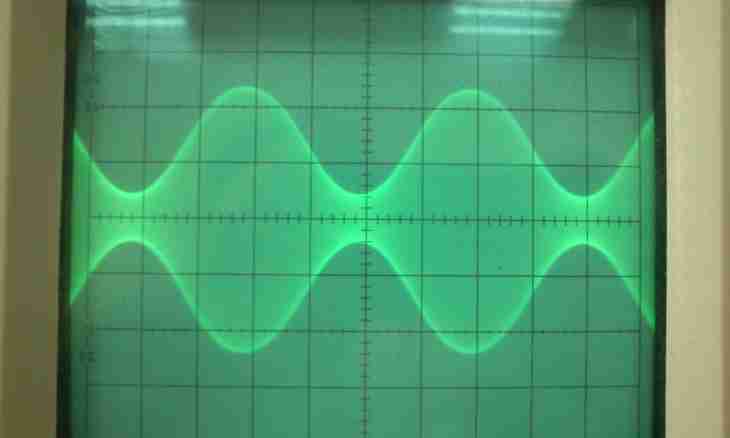The large number of measuring instruments of frequency including electromagnetic oscillations is known. Nevertheless, the question is raised, and it means that the reader is interested in the principle which is been the basis, for example, for radio measurements more. The answer is based on the statistical theory of radio engineering devices and is devoted to optimum measurement of frequency of a radio impulse.
Instruction
1. For receiving an algorithm of functioning of optimum measuring instruments, first of all, it is necessary to choose an optimality criterion. Any measurement is accidental. The complete probabilistic description of a random variable gives its such distribution law as probability density. In this case it is a posteriori density, that is such which becomes known after measurement (experience). In the considered task the frequency - one of radio impulse parameters is subject to measurement. Besides, owing to the available accident, the speech can go only about approximate value of parameter, that is about its assessment.
2. In the case under consideration (when repeated measurement is not taken) it is recommended to use assessment optimum by a method of a posteriori density of probability. Actually it is fashion (Mo). Let realization of a type of y(t) =Acosωt+n came to the reception party (t) where n(t) Gaussian white noise with a zero average and the known characteristics; Acosωt is a radio impulse with a constant amplitude And, duration τ and a zero initial phase. For clarification of structure of a posteriori distribution use Bayesian approach to the solution of a task. Consider the joint density of probability ξ (at, ω)=ξ (s) ξ (ω | y) (ω)ξ (y | ω). Then posteriori density of probability of frequency ξ (ω | y) (1/ξ (s)) ξ (ω)ξ (y | ω). Here ξ (s) does not depend from ω obviously and therefore a priori density ξ (ω) within a posteriori will be almost uniform. We should watch a distribution maximum. Means ξ (ω | y) =kξ (y | ω).
3. The conditional density of probability ξ (y | ω) - distribution of values of the accepted signal provided that the frequency of a radio impulse accepted concrete value, that is direct dependence is absent and this whole family of distributions. Nevertheless, such distribution called function of credibility shows - what values of frequency are most plausible, at the fixed value of the accepted realization at. By the way, it and not function at all, and functionality, as variable whole curve y(t).
4. Further everything is simple. The available distribution Gaussian (as the model of Gaussian white noise is used). Average value (or expected value) M [y | ω] = Acosωt=Mo[ω]. Carry other parameters of distribution of Gauss to a constant With, and remember that present at a formula of this distribution of the exhibitor it is monotonous (its maximum means will coincide with an indicator maximum exhibitors). Besides frequency – not the power parameter, but energy of a signal is integral of its square. Therefore instead of a full indicator exhibitors of functionality of the credibility including - C1 ∫ [0, τ] [^2] dt (integral from 0 to τ) remains (y-Acosωt) the analysis on a maximum of cross-correlation integral η (ω). Its record and the corresponding block diagram of measurement are given in figure 1 where the result is shown with some frequency of a basic signal ωi.
5. For final creation of the measuring instrument it is necessary to find out what accuracy (error) will suit you. Further break all range of estimated results into comparable number of separate frequencies ωi and use the multichannel scheme where the choice of the answer causes a signal with the maximum output voltage for measurements. Such scheme is submitted in figure 2. Each separate "ruler" on it corresponds to fig. 1.

